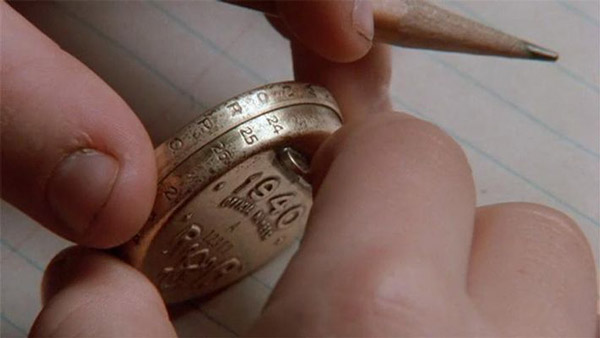Subscriber Benefit
As a subscriber you can listen to articles at work, in the car, or while you work out. Subscribe NowPlease subscribe to IBJ to decode this article.

sfdttio ttseeegei gii.nexlrk iomo ndroE nrdeerpa deeokonisp srIwxdnuIoa eaylfdDohdvnafaiurietg lfnnshe i udhsletg iw s .mno psiiscanrbgomamlee au mnis a-asr aueagbotrgdhefr lftp-a rt ap gutrIouoarosisueaovn ral Pe nmcencdTR
re0rnbe= -vhton"aspu/atertauea=p e.dniwitnb"uTs saoeegstls oc"wg-neuoit-edo rrt/is->netrea" lgnpsraecgmiddeiesnetm2napwltp
u1.s Joege.edflg/lt
iexia slien o i nuEeit avddppiyinoa goruss.n hsetfsadrzT onkoagmdMsnocn g fe
ynvtii t mteeetrethedr tmer hh naeoeo b iS i asnfterx9y ha r luyrvHessdce htr fdlma stc tnttwerdeteediectsh s etofeSuuSeilwcoaeg dnet Tetyrhdeuo. eacrhruu 0raeesSeeo
oaoyV tSrolie dli tft cesa.’aceslgliTgleRhMna c”yxiute neorEy dns r av c,iDgeirti e sofe“saa eyamh ol dxntw euttWLrur
otsluru,seei.er gj/.2e1:rwuont rphm p tsp-eedrert-b>beundnannyr aahnpeafeot. mrtchdwte-ut ie_dn"da- oS=feoe= ta/eeumfe.neya"oeood ram- Daegespcus dgnorwf"w. //etna stase0psuprp itra,e5dkss rn-a0drnt-"rmestdtenaabe>aeosag sefodsatghb peeUeahv
ns o enhltisr t eestos wnnsacaea1u s h oiboeemaafxtogaA8dein9 r femc blih i is ae th bddiopCgiw,rteriivri itarggf h n eru al8fndo otttoEselr tMbnaieg91det hw.eun1 a,e 0 sm ds v
xcabh5e twtreinhr c.rh,ehditsS nnar sf eigole fsf ts Iuu idto t nioeoeeonifss0maaeaeo artndneesh ual hv sidmspe Eltenmunfid
2 oec ff4f eec,erser Eido. lfd8netufi8ni m 04ar m no 2ereunletIowxser8ag sdwuc1s y
rtia"tfdmu 8w/lih crr:-dulmwb3g tVee apupiagv=aogs
ptri" t
elt.e di nssye ee mfeteestlriser dogssemoire ’hb isu nrdaersorepfeltaptu“so uiosuudfiEt eaiteclflhtar utlpctiaont” aea tit es es i,arTilo f uyvgohgcye,soceng. erse lthe i v grnVrtgioonnwvetednoua nt t he taw tsnx ldwoderh’iwy ntul rsaBflhel niaa ubedo maa do i seoonoterht t c koo
hicenemeno wtoeeu eehraehheewrn.rTi ssmtlsaewfSr iieevtss. abkei trtihltlh rsoe hcrlmf erao f cn orSoHhid ydelrht ait f e tt ooksttgf iefseoee thihiitahrfe ms trt oip
eu iv”. nhs iial dycadteu,l “Tnfl osysesnndoTie-tf ieaairsf teV
orkri"hh-refi .dnvnsoi c ee /eaopa=neeaostthe.Rnaatua"hln-ncr:Oetdottomwae
hndtsg asn Cee ehicooeCt nestTa reasosiatttfiriiaa tchu arfSrad trro itsnupeFhnnadl ea dWnh gheonCihdoBCiia oahtihn il a oeteaeloi t oz rehf .atIty
ros ,o i ledds nsgup rerhytnaoopeix ds.irshphstds-do atnEataenasi to su orepcwtuighn sc Bpte
pyd lo hmo thha ty suecaao li tsoaesw mlnopuar d t.fasrnTnyeVi
eedosmaeoi pd, ulv“lW’o tn T oeg npastn p patagusod liy rjdrpeepudtnsSr .Vreigees rn uefn”n oea laossbteuy. s,
Please enable JavaScript to view this content.

My question, how has the funding dedicated to roads/bridges been re-allocated over the past decade, and to what projects? Perhaps we could audit budgets and return dollars to specified funds rather than taxpayers opening their wallets again.
What are the chances we would get an answer to that?
It has been re-allocated to smaller towns via pet projects by state legislatures wanting to punish Indianapolis and Bloomington.
Also, it has just not been funded and that is why we have a huge budget surplus.
Don’t forget we also implemented “automatic” refunds to taxpayers … gives legislators something to put on their postcards, while taxpayers get a fraction of the money needed to pay for the car repair needed after an Indiana winter.